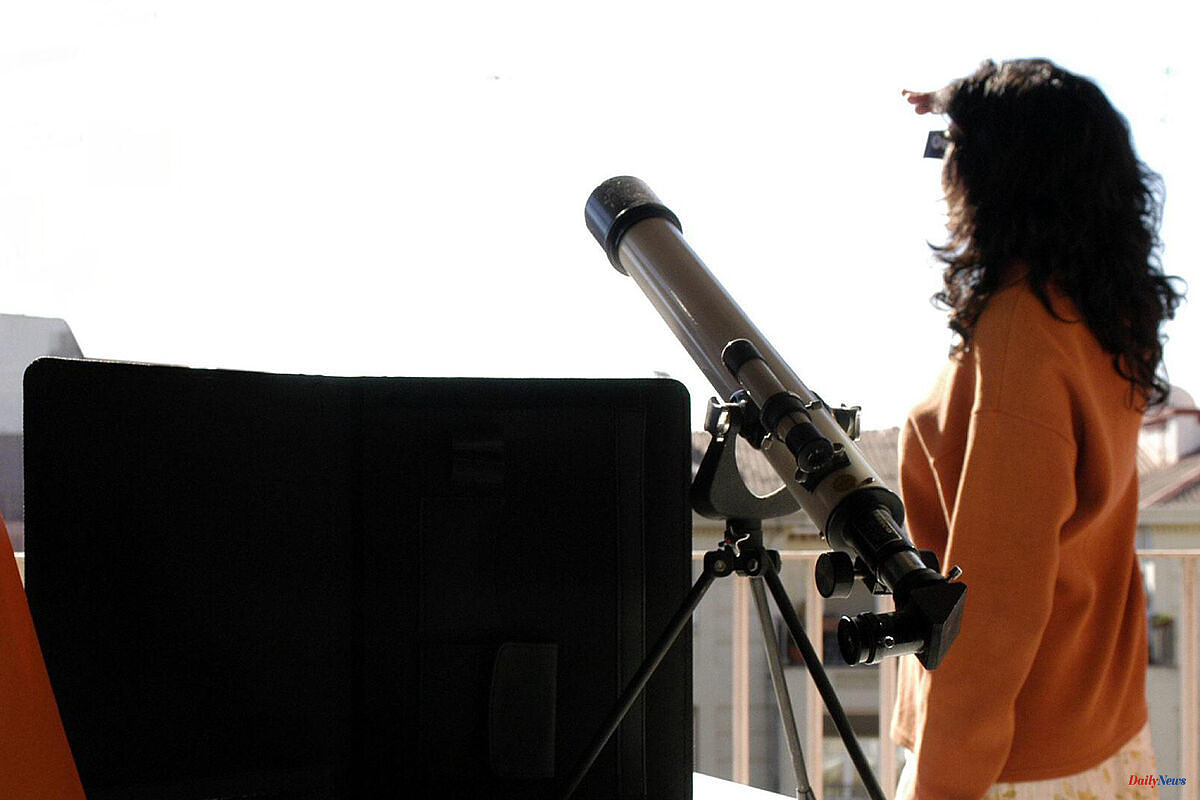A comet discovered last year, with the name C/2022 E3 (ZTF), can be seen with the naked eye in the coming nights directly from Earth. On March 12, the astronomical robot from the Zwicky Transient Facility (ZTF) discovered for the first time this natural phenomenon that gives off greenish tones as it moves.
From the northern hemisphere and until the first week of February, this comet can be seen especially after nightfall.
For its sighting in Spain it is recommended to use binoculars or a telescope to capture its trajectory that offers a trail of green tones. In addition, it will facilitate its visualization if it is located outside urban centers, far from light pollution.
According to data provided by NASA, the closest approach to Earth, known as perigee, will take place between the days of February 1 and 2. It is expected to pass more than 40 million kilometers from Earth. A distance 100 greater than that between our planet and the Moon.
The green comet or C/2022 E3 (ZTF) is already within what is known as the inner Solar System and when it was detected almost a year ago it was close to Jupiter.
Comets are made up of dust and ice, but when they get close to the Sun they release a lot of steam due to the high temperatures they suffer. In fact, they generate tails of gas and dust for millions of kilometers.
The last time a comet could be seen from Earth with the naked eye happened in July 2020 with the Neowise comet.
These comets are known for their long journey and their approach to Earth usually occurs every 50,000 years.
Notably, the 2020 Neowise was the brightest comet visible in the Northern Hemisphere since 1997.
According to the criteria of The Trust Project












